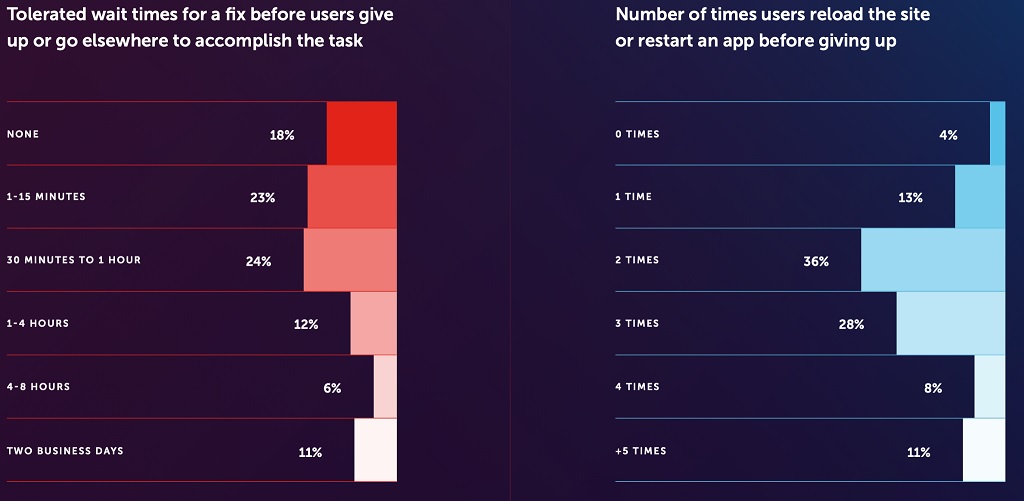One idea those in the DevOps world have been preaching for years is the importance of customer experience. Build a product that will delight your customers and they will keep coming back, or so the conventional wisdom goes. On the flip side, deliver poor CX and people will vote with their feet (out the digital door).
But just how damaging can it be for a brand when a consumer discovers a bug on a company's website or mobile app?

This information can be hard to quantify, but it's exactly what the new Sauce Labs report, Every Experience Matters is here to explain.
Most developers don't realize how closely their work is tied to a brand's success and revenue stream, but in a world where consumers have so many choices, user expectations can make or break a transaction. Today we'll look at a few of the insights that came from the report.
Every brand is a digital brand. Every company, regardless of industry, has a web presence that represents the primary way users engage with that company. Any time we browse a web page or mobile app, there is the possibility of a coding error crashing the site or lowering its performance in a way that a user would notice.
How common are these bugs?
Nearly a quarter of consumers (23%) say they encounter an error or experience issue that keeps them from accomplishing a task online at least once a day. In other words, millions of consumers are logging on to shop, pay bills, connect with people, and other important daily tasks, only to encounter a problem that stops them in their tracks. These bugs lead to abandoned carts, negative reviews and a loss of brand equity. Eventually, these errors start to negatively impact a company's reputation and destroy trust.
Patience may be a virtue, but it's also one that most consumers lack: when we drill into the data, the results are alarming. Almost one in five consumers (18%) will immediately abandon a transaction the moment they encounter an error. The majority of them will just go directly to your competition. 64% are a bit more forgiving and they will give you the benefit of the doubt by refreshing your page 2-3 times before eventually giving up, but the bottom line here is that your customer's time is money. Without swift resolution, they have no problems taking their business elsewhere.

To make matters worse, consumers aren't shy about sharing their negative experiences. About half of those surveyed (49%) reported discussing negative experiences with family and friends meaning that errors and challenges can spread to potential customers via word of mouth. A quarter (25%) took the extra step of writing a negative review for the world to see. (Just sorting by new on Reddit will show plenty of these.) Most concerning were the 20% that said after experiencing one error on a brand's website or app, they would leave as a customer forever.
These statistics may sound daunting, but all they really do is confirm our instincts that consumers are impatient, and our users aren't too forgiving. The easy fix for a developer is to catch errors before they are released to the masses, in the form of an aggressive testing strategy.
Whether a developer operates in a low-code environment or relies heavily on automation testing, there are tools that can put your customer first and set you up for success. Test features like API testing and Error Monitoring can catch bugs earlier in the SDLC and help devs and testers catch problems quickly and save the company money. In a DevOps world increasingly obsessed with speed, we must remember the importance of quality. To your users, every experience matters, so we should always be mindful to put our best foot forward and protect brand reputation at all costs.
